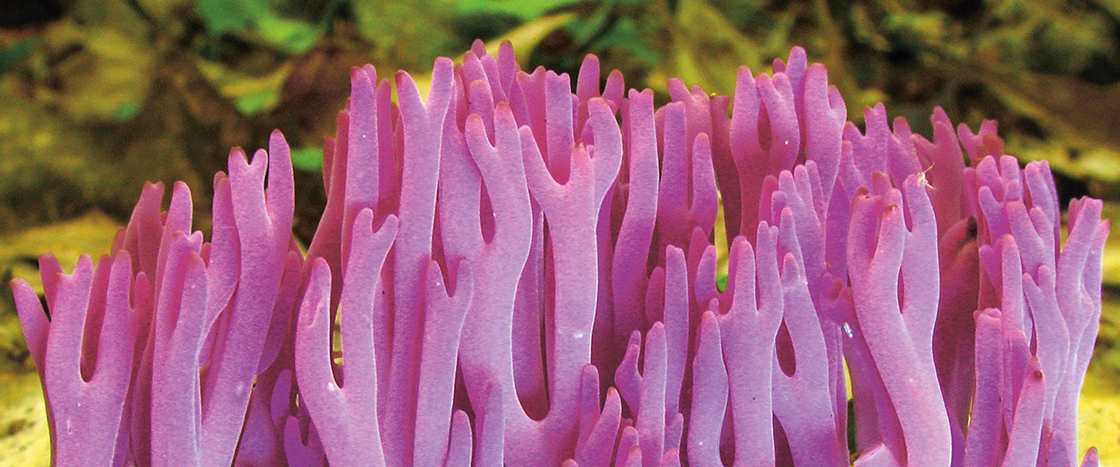Have you ever eaten a mushroom?
If so, you’ve tasted a fungus (FUN-guhs)—a life-form that’s neither an animal nor a plant. Mushrooms, mold, and yeast are some of the most famous types of fungi (FUN-geye or FUN-jeye). But there are hundreds of thousands of species. Some fungi are made of a single microscopic cell. Others are tangled masses as big as whole towns!
Fungi may look like plants, but they are actually more closely related to animals, explains Sydney Glassman. She’s an ecologist who studies fungi at the University of California, Riverside. For instance, fungi don’t make their own food the way plants do. Like animals, they get food from their environment. Read on to learn how five of these unusual organisms survive.
Have you ever eaten a mushroom? If so, you’ve tasted a fungus (FUN-guhs). It’s a living thing that’s not an animal or a plant. Mushrooms, mold, and yeast are some famous fungi (FUN-geye or FUN-jeye). But there are hundreds of thousands of species. Some fungi are made of one tiny cell. Others are tangled masses as big as whole towns!
Fungi look like plants. But they’re more closely related to animals, says Sydney Glassman. She’s an ecologist who studies fungi. She works at the University of California, Riverside. Fungi don’t make their own food like plants do. Fungi get food from their surroundings like animals do. Read on to learn how five of these unusual life-forms survive.

